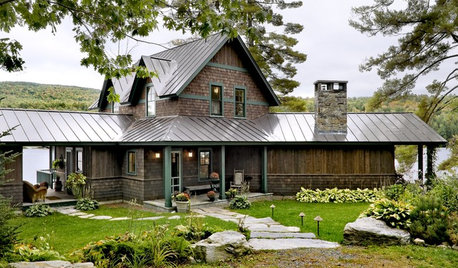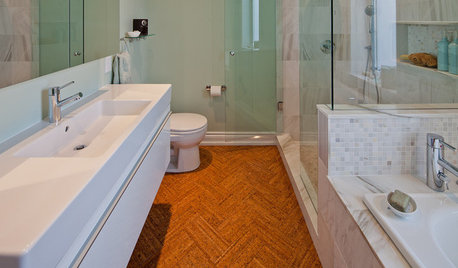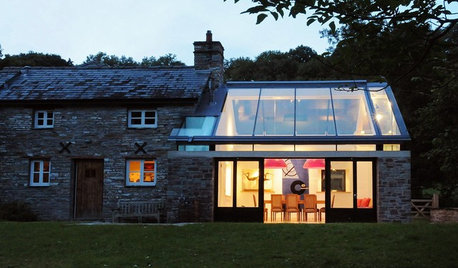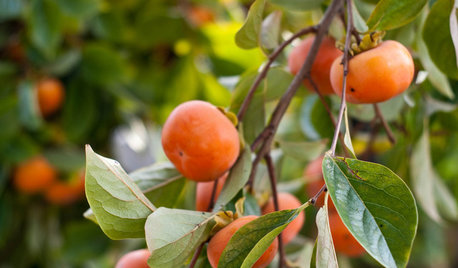Advantages and disadvantages of misting
MsGreenFinger GW
9 years ago
Related Stories

REMODELING GUIDESMaterials: The Advantages of a Metal Roof
Metal reigns in roofing style, maintenance and energy efficiency
Full Story
ARCHITECTURE10 Advantages of the Humble Ranch House
Boomer-friendly and not so big, the common ranch adapts to modern tastes for open plans, outdoor living and midcentury mojo
Full Story
DECORATING GUIDESDecorating 101: Do It Yourself or Hire a Pro?
Learn the advantages and disadvantages of decorating alone and bringing in skilled help
Full Story
FLOORSWill Cork Float for Your Bathroom Floor?
Get the facts on advantages, disadvantages, costs and installation to see if a cork bathroom floor is right for you
Full Story
KITCHEN DESIGNSee-Through Refrigerators Dare to Go Bare
Glass-front fridge doors put your food and drinks on display, for better or worse. See the benefits and disadvantages
Full Story
BUDGETING YOUR PROJECTDesign Workshop: Is a Phased Construction Project Right for You?
Breaking up your remodel or custom home project has benefits and disadvantages. See if it’s right for you
Full Story
DREAM SPACESHouzz Tour: Hugging the Rocky Cliffs in Big Sur
Cascading down a rugged site and generously encased in glass, this California home takes full advantage of its ocean views
Full Story
CALIFORNIA GARDENINGCalifornia Gardener's November Checklist
In a season of traditions, let's take advantage of California's familiar — as well as quirky — planting opportunities
Full Story
REMODELING GUIDESConcrete Driveways: Poring Over the Pros and Cons
Concrete adds smooth polish to driveways and a sleek look to home exteriors, but here are the points to ponder before you re-surface
Full Story
REMODELING GUIDESGravel Driveways: Crunching the Pros and Cons
If you want to play rough with your driveway, put away the pavers and choose the rocky road
Full Story







pirate_girl
greenman28 NorCal 7b/8a
Related Professionals
New Bedford Landscape Architects & Landscape Designers · Waunakee Landscape Architects & Landscape Designers · Allentown Landscape Contractors · Edmond Landscape Contractors · Del Aire Landscape Contractors · Dixon Landscape Contractors · Fairview Landscape Contractors · Farmington Landscape Contractors · Hicksville Landscape Contractors · Painesville Landscape Contractors · Pompano Beach Landscape Contractors · San Benito Landscape Contractors · Suisun City Landscape Contractors · Ashwaubenon Interior Designers & Decorators · Birmingham Interior Designers & Decoratorstropicbreezent
Photo Synthesis
rhizo_1 (North AL) zone 7
whip1 Zone 5 NE Ohio
rhizo_1 (North AL) zone 7
Photo Synthesis
stewartsjon
tropicbreezent
MsGreenFinger GWOriginal Author
Tiffany, purpleinopp Z8b Opp, AL
nomen_nudum
meyermike_1micha